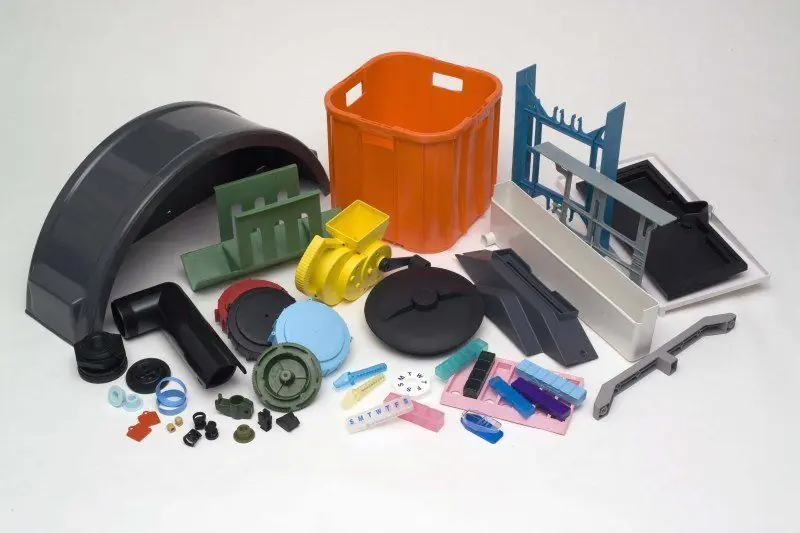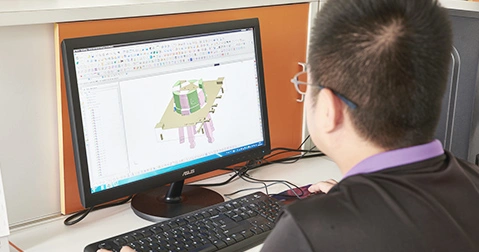Designing Stronger Injection Molded Parts
Injection molding is the most popular production technique used in the manufacture of high-volume injection molding tools. Today, over 60 percent of every plastic part manufactured in the world is produced using this technology.
When designing parts for plastic injection molding, the aim is to come up with functional and accurate designs that are optimized for the injection molding process. Stronger injection molded parts bring many benefits to the product starting with durability. The durability of your molded parts also affects the performance of such parts. This post covers a handful of tips that will help you in designing stronger plastic parts and accelerate your injection molding process.
Work with an Experienced Plastic Injection Molding Manufacturer
As more and more plastic molded parts continue to replace metal parts in a wide array of applications, designing parts with high precision and accuracy is almost non-negotiable. One of the ways to achieve the required precision and optimization in your injection molding process is to ensure that you work with an experienced specialist.
Since not every plastic part design can be efficiently molded, a molder’s years of experience would come in handy to help you attain high performance, design for manufacturability and overall process optimization. An experienced manufacturer will also help you with material selection to ensure that the important attributes for your end-use part is available in the desired plastic option. This way, you can be rest assured that your molded part is produced in a budget-optimal and cost-effective process.
Select the right plastic material and its properties
Today’s plastic parts are capable of delivering high performance and efficiency while delivering weight compromises and cost-efficiency. Different materials have different properties. From flexibility to toughness chemical resistance, cost, durability and long term suitability, the right plastic material will help to create the ideal part that will not defect in a range of applications.
Factors that should inform your choice of plastic may include the stress and conditions of the parts use, material shrink rates, the number of times the part will be re-used, the lifespan of your part, exposure to chemical compounds and the availability of the part for mass-production. Balancing the relationship between the material functionality and properties is crucial.
Design with uniform wall thickness
Parts with uniform wall thickness are generally stronger and more stable than non-uniform ones. Uniformity in wall thickness can help to avoid dimensional issues, flow complications and warpage. As a rule of thumb, parts should have their walls designed as thin as possible in order to allow the material flow through them for added strength during use. Other materials may require thicker wall thickness in order to improve the strength of the material. In order to avoid defects such as warpage and improper filling of the plastic cavity, ensure that you optimize your wall thickness to be uniform and as thin as possible. When trying to manufacture parts with cross-sectional and non-uniform thickness, look to features like ribs to improve strength, rigidity and reduce the potential distortions that may arise.
Use Ribs and Gussets
Ribs are slender protrusions that run perpendicular from the wall of your project to improve the strength of your molded parts. They are designed into the geometry and shape of the part to add internal support. Rather than increasing the thickness of your injection molded parts, you can use ribs and gussets to add stiffness and firmness to the thin sections of your end-use parts. When using ribs, do so with some of these rules of thumbs in mind:
Desist from designing ribs that are too thin or too thick and ensure that your ribs are around half the size of the wall thickness.
Design your ribs to be no more than three times the nominal wall thickness. This will ensure that it is easily filled. If looking to increase stiffness, consider additional ribs over increasing the height of the ribs.
Ensure that you design your ribs with draft considerations to ensure easy release from tools when molding
Rib radii at feature intersections should be between ½ and the exact wall thickness to deliver added rib strength.
Avoid gussets and ribs that are too small that they don’t reduce the stress on the part. Similarly, avoid those that are too large to prevent cosmetic sink.
Designing stronger injection molded parts is achievable using any one or a combination of all the techniques covered above. The benefits of plastic injection molding are well documented. From cost-savings to achieving lightweight parts that do not compromise the quality and performance of your parts, injection molding is a great option for producing high-performance plastic parts.
FirstPart Plastic Injection Molding Service in China
FirstPart offers high quality injection molding service for all your plastic part projects in China. We also offer low-volume manufacturing that serve small quantities from 50 to 10000 parts and produce for mass production. Our engineers are always available to advice on the best processes, materials and design optimization to ensure cost-savings and quick turnaround. Click here to request a free quote now and submit your design for a free evaluation and contact us on how to get started on your next project.










